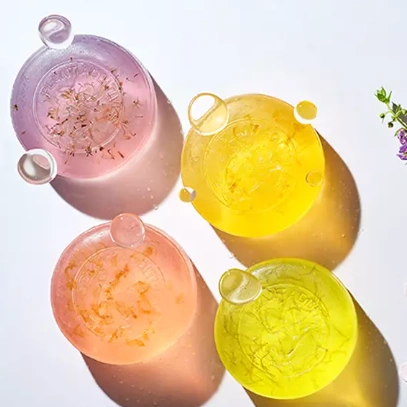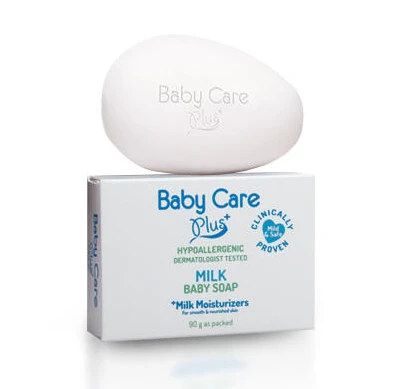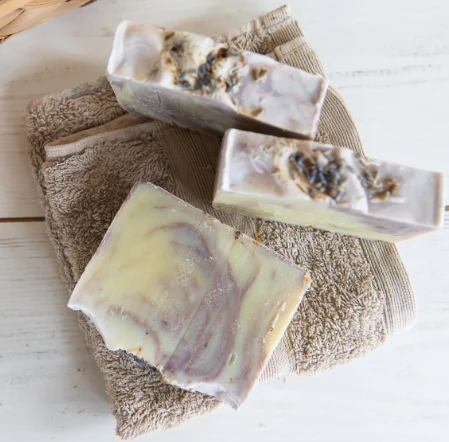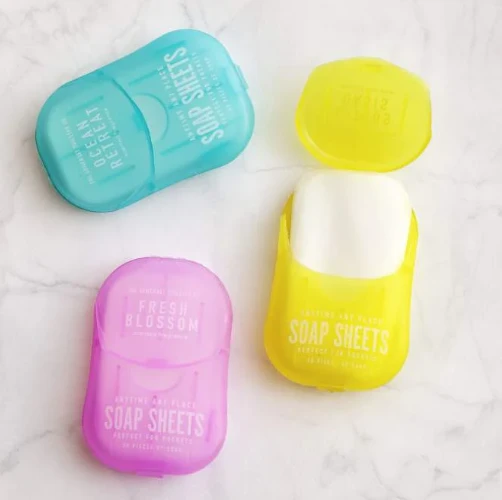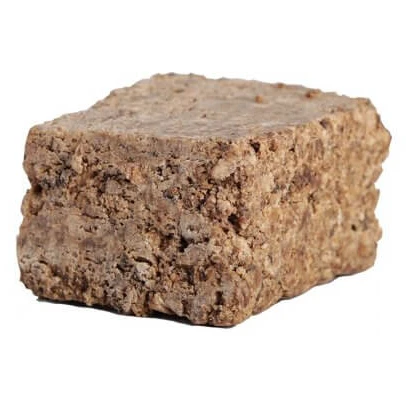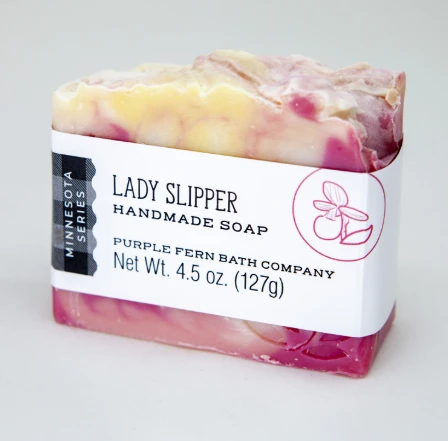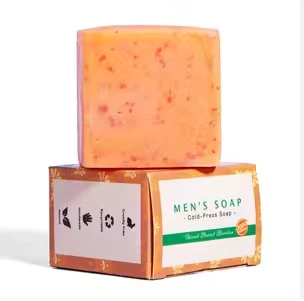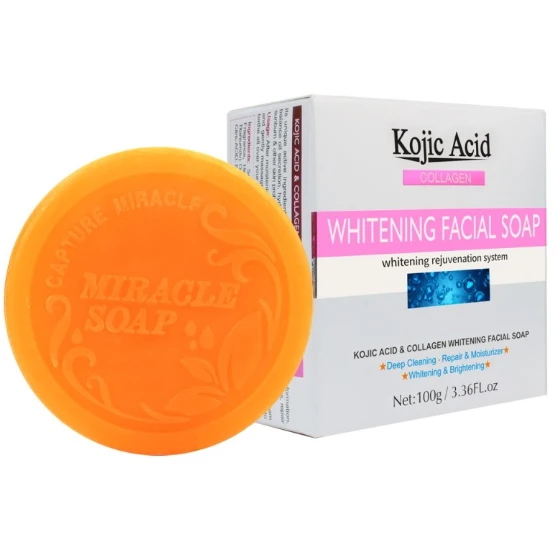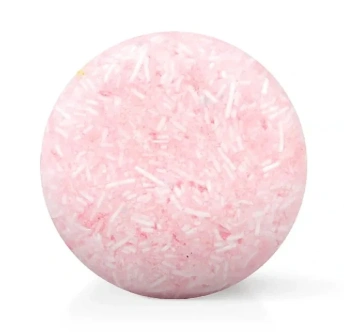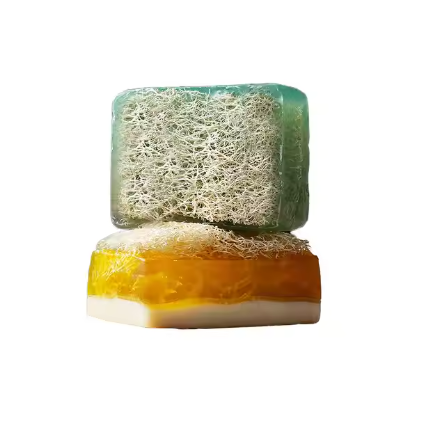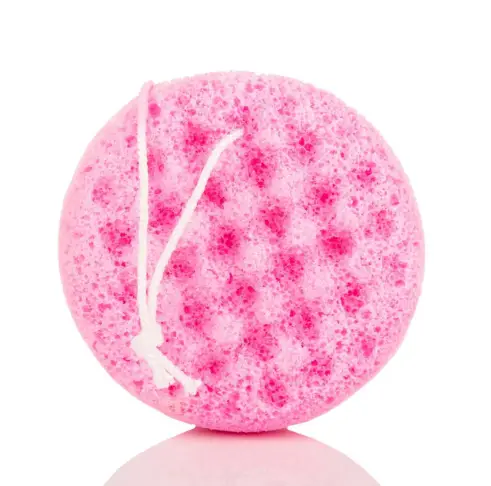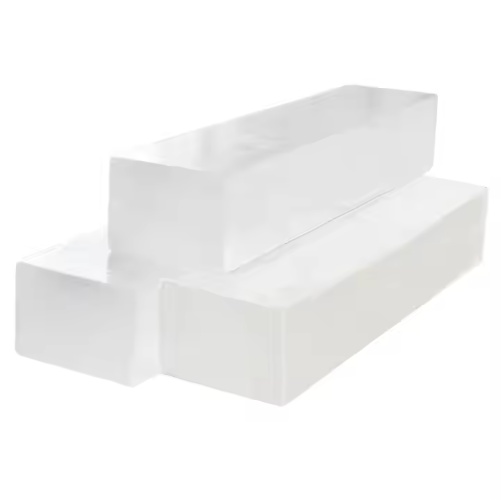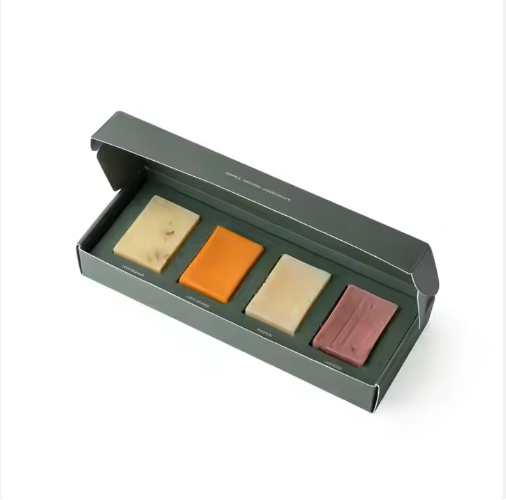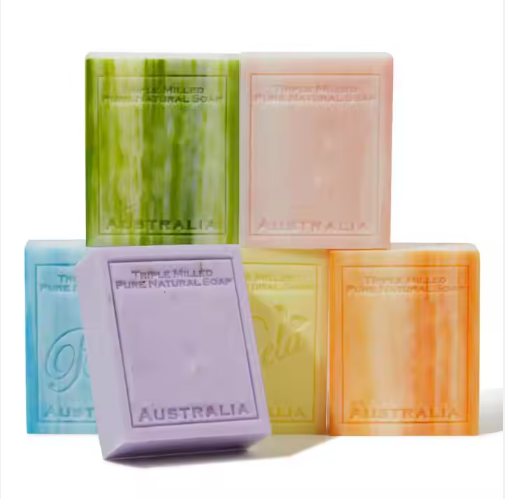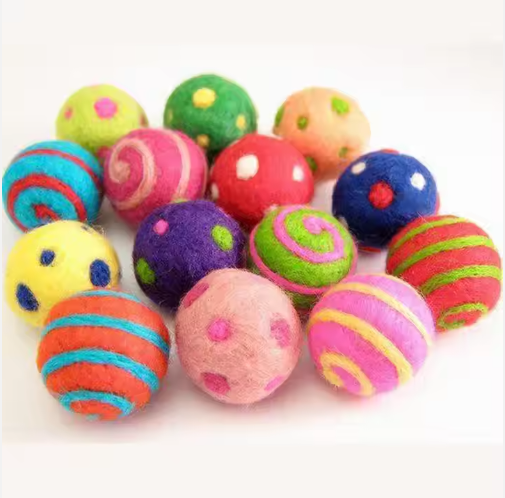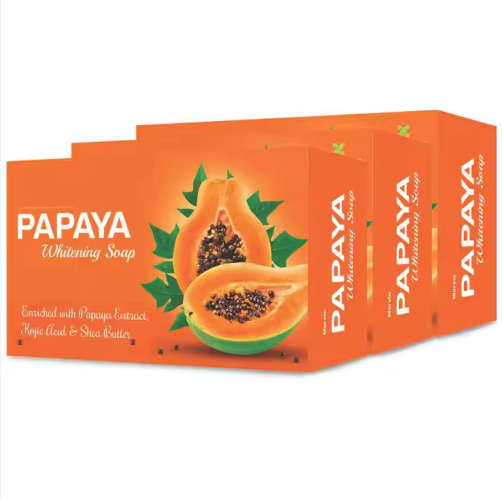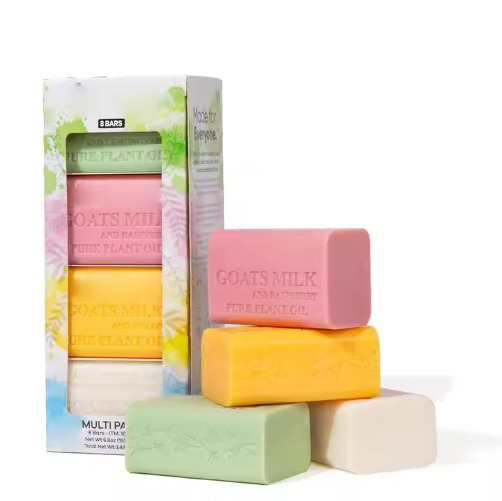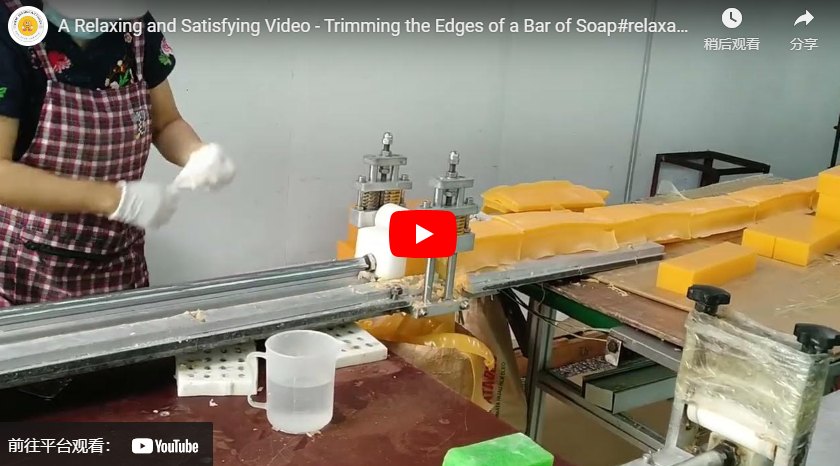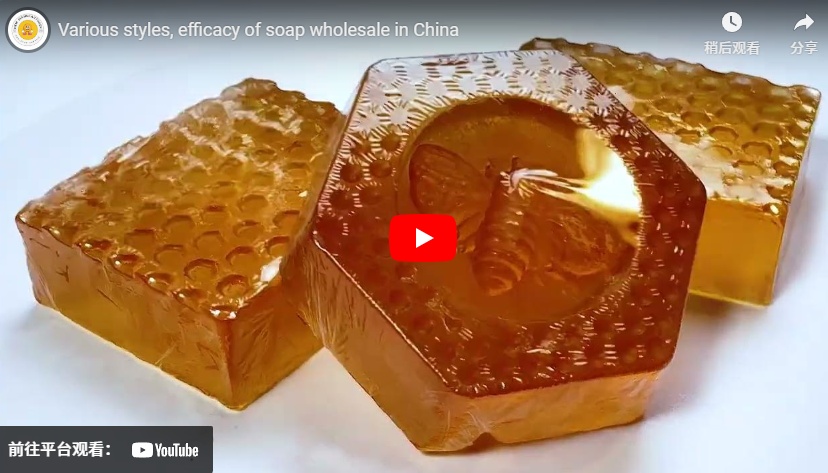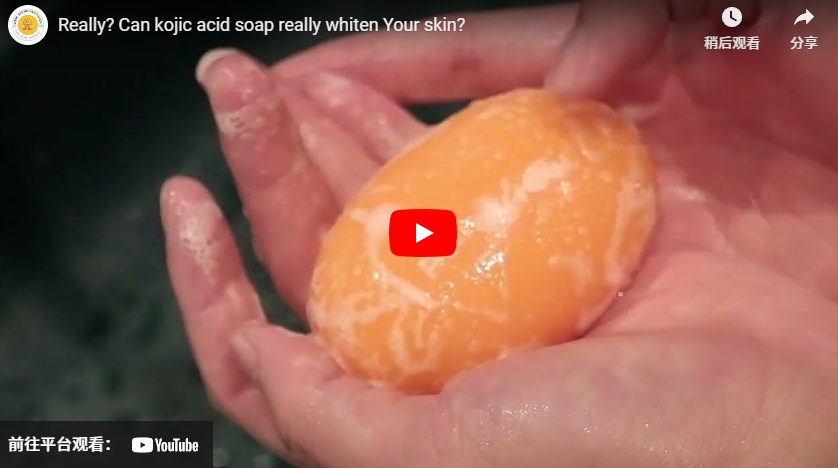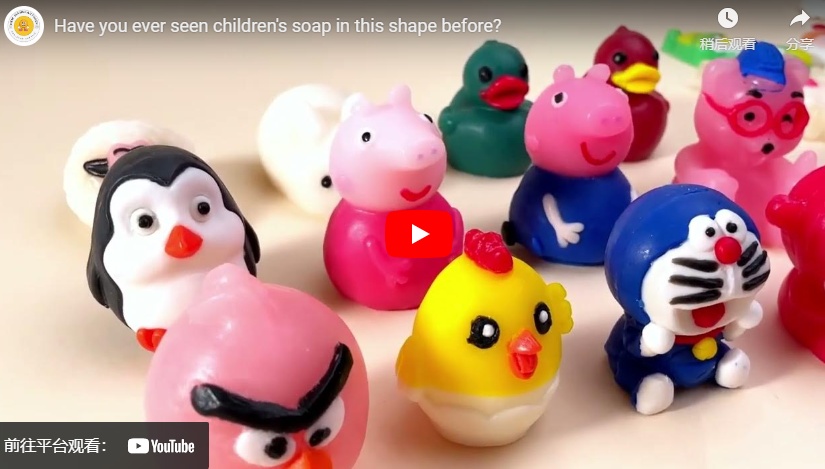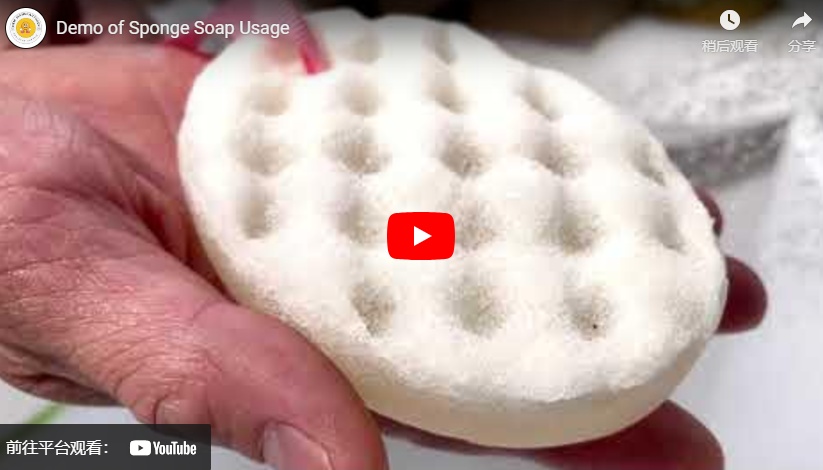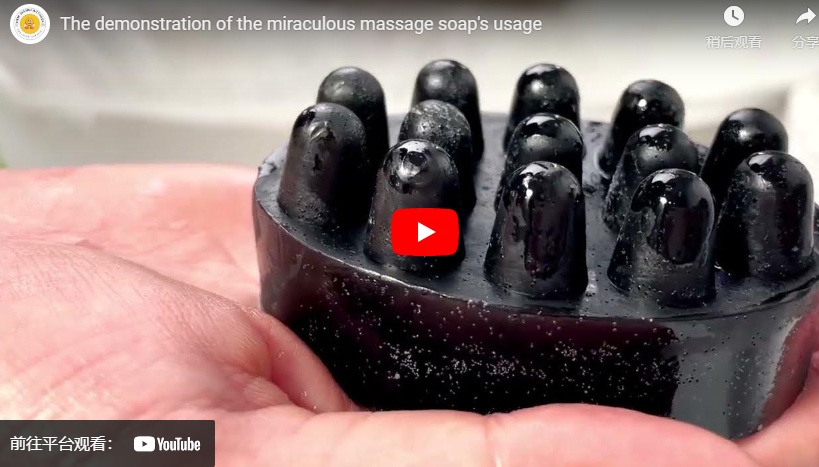A Relaxing and Satisfying Video - Trimming the Edges of a Bar of Soap
Display and Use of 5 Types of Cold Process Soap Sets
We will showcase five unique cold-process soap sets, highlighting the special qualities and usage of each one. Whether you're a Handmade Soap enthusiast or a beginner looking to learn about cold-process soap making, this short video will provide you with inspiration and practical tips.
Cold Process Soap is a type of soap made using a cold-process method. It is typically created with vegetable oils and animal fats, and lye (sodium hydroxide).
This type of soap relies on natural ingredients and time for the chemical reaction known as saponification and does not require the use of heat to complete the process, resulting in soap that's good for the skin!
How to Use Cold Process Soap
- Cold process soap can best be used for areas prone to dryness, such as the hands and feet. It can also be a good choice if you have sensitive skin.
- It's important not to get cold process soap in your eyes. So, be careful when using this type of soap, and keep it away from sensitive areas like your eyes or mouth!
- Cold process soap can be used with a washcloth for the body. It's recommended to use gentle circular motions while you're washing your skin.
- Wait for the soap to lather before applying it to other parts of your body. This will help create a protective layer that is gentler on the skin than rubbing dry soap over wet skin!


